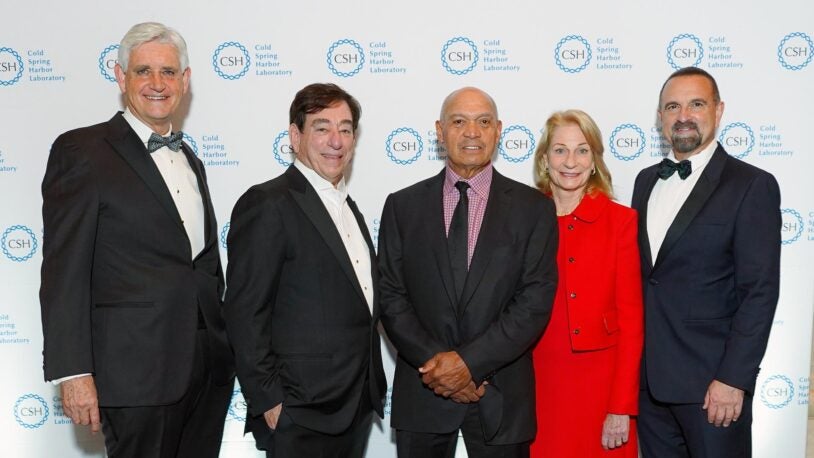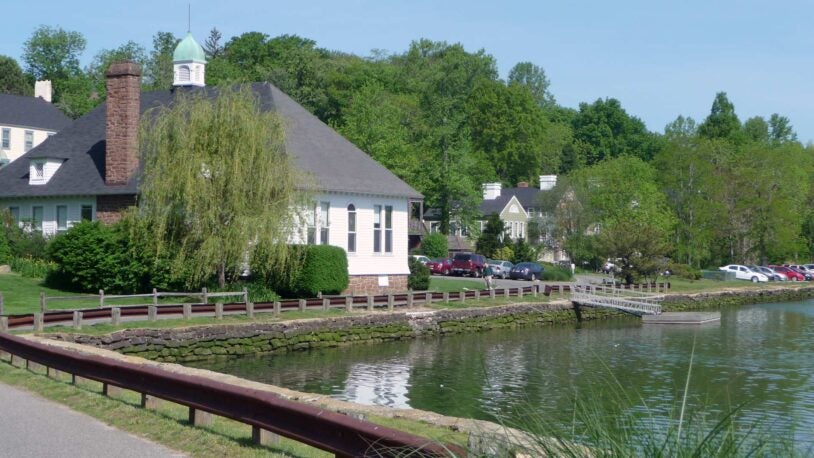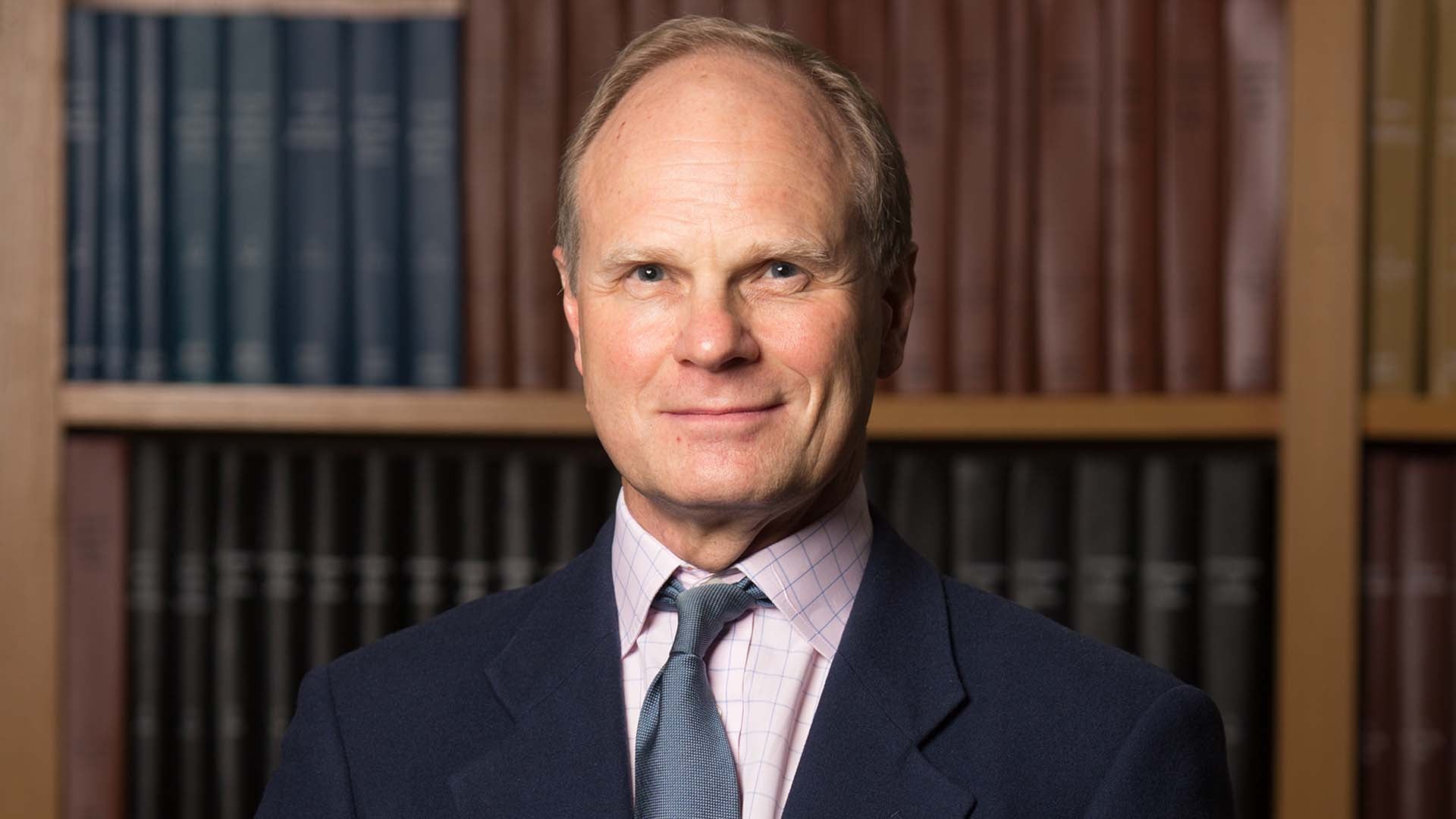2021 saw fewer disruptive changes to our planning and budgeting process than the year before.
Financial resources
The 2021 Budget maintained most of the resource-preserving constraints instituted in June 2020. Non-scientific hiring was suspended, with replacements closely scrutinized. Capital investment increased over 2020 but remained below what had been planned before the pandemic. Discretionary spending remained absent from budgets.
Within the Educational divisions, the Meetings & Courses Program (M&C) and the DNA Learning Center (DNALC) continued providing virtual programs for most of the year, with some in-person activity occurring in the fall when conditions allowed. Our graduate school, the School of Biological Sciences, was able to remain on campus due to small class sizes. The Banbury Center, given the nature of its conferences, was able to hold only a few virtual programs. The Press provided stable revenues as the downturn in subscriptions was more than offset by robust pre-print activities.
Research revenues remained depressed from pre-COVID levels and were slightly lower than 2020, primarily due to the departure of several Investigators and their grants.

Last year generated the highest level of philanthropic support ever to the Laboratory. The Double Helix Medals dinner in November, at the American Museum of Natural History in New York City, was by far the largest fundraising event of the year and happened in person. Attendees were inspired by speeches from the medal recipients and the New York City Mayor-elect.
The most stable source of revenue in 2021 was the endowment. Its value grew from $737m to $796m net of all gifts, the operating draw, and an investment return of 9.7%. The 10-year return of 8.2% exceeds inflation (CPI), and the 4.5% draw, by 1.5%.
The operating result for 2021 was a balanced budget, thanks to excellent fundraising performance and lower than budgeted operating expenses. Some projects and hiring were deferred to 2022.
Operating and capital matters
Learning to live and work with COVID-19 became easier and safer for the community as protocols put in place in 2020 became normalized. By the fall, all staff had returned to the campus and 97% of employees had been vaccinated. Onsite testing (mandated weekly for the unvaccinated) continued throughout the year, as did free vaccines and boosters at the Wellness Center.

The Laboratory took advantage of ten months without visitors to make improvements to several buildings: the Bush Lecture Hall, Jones Laboratory, and the 11 Cabins used for M&C visitors. Vacancies in several faculty residences allowed Facilities to make major upgrades to those buildings. Thanks to generous donors, the storm-ravaged residence next to Ballybung was rebuilt.
Rebuilding our 900-foot, 170-year-old historical seawall was the most significant capital project commenced in 2021. To comply with requests from the Army Corps of Engineers and the NYS Historic Preservation Office, the project’s scope became more extensive than originally planned. But the result will be a feature of our landscape that retains its aesthetic charm while providing improved protection against storms and rising sea levels.
Human resources
In 2021, the Laboratory did not lay off or furlough staff because of COVID. Instead, some staff switched into other roles. For example, the Facilities department benefited from help in providing more frequent cleaning related to COVID-19.
Like most of the country, after the Thanksgiving holiday we saw a significant rise in COVID-19 infections. We instituted a temporary Remote Work Program for some staff to reduce onsite density. The Administration recognizes changes in the work environment and the desire by many staff for more flexible work arrangements. The overall benefit of that program, including its impact on productivity and equity, will be assessed in June 2022.
A mandatory vaccine policy was put in place early in 2022, allowing for medical and religious exemptions.
Maintaining community while embracing change
Will 2022 bring an end to the disruptions and the uncertainty brought on by COVID-19, or will the pandemic come to an end? We cannot predict or control the future, but we must remain resilient and adhere to the values of our culture. As the challenges we face grew in complexity, collaboration and creativity were never in more demand. In 2022 we will welcome key new leaders—a chief information officer who began in late 2021, and a new CFO who starts in early 2022—both replacing long-standing administrators. Our success at the Laboratory will be defined by our ability to support each other, welcome new leaders and staff, and remain open to new ideas.
—John P. Tuke, Chief Operating Officer


